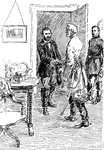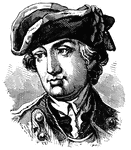Clipart tagged: ‘General Lee’
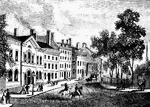
Broadway
"View at the foot of Broadway. General Charles Lee's troops marched to New York."—Lossing, 1851

Valley of Chickahominy
"Valley of the Chickahominy, looking southeast from the vicinity of Mechanicsville, the scene of the…
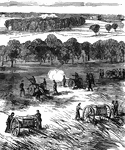
Valley of Chickahominy
"Valley of the Chickahominy, looking southeast from the vicinity of Mechanicsville, the scene of the…
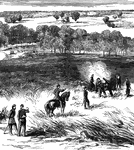
Valley of Chickahominy
"Valley of the Chickahominy, looking southeast from the vicinity of Mechanicsville, the scene of the…
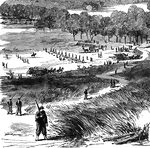
Valley of Chickahominy
"Valley of the Chickahominy, looking southeast from the vicinity of Mechanicsville, the scene of the…
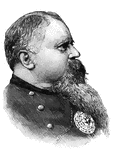
General Fitzhugh Lee
"General Lee, born in Clermont, Fairfax County, Va., November 19th, 1835, was graduated at the United…
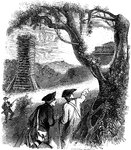
Marion and Lee Capturing Fort Watson
"Marion and Lee could see the light of his camp-fires on the hills in the west. Whatever was done must…
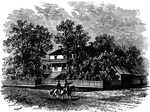
McLean's House: The Place of Lee's Surrender
The McLean residence, at the Appomattox Courthouse, where General Lee met with General Grant to sign…

Battle of the Wilderness
"The battle of the Wilderness, between General Grant and General Lee, May 5th and 6th, 1864. Our sketch…
